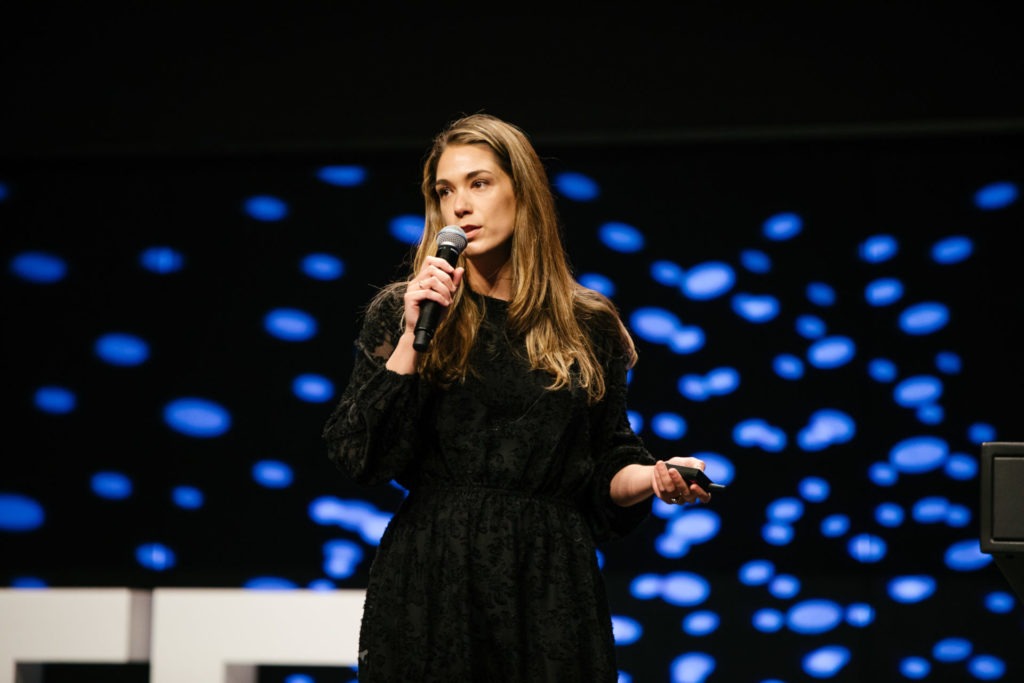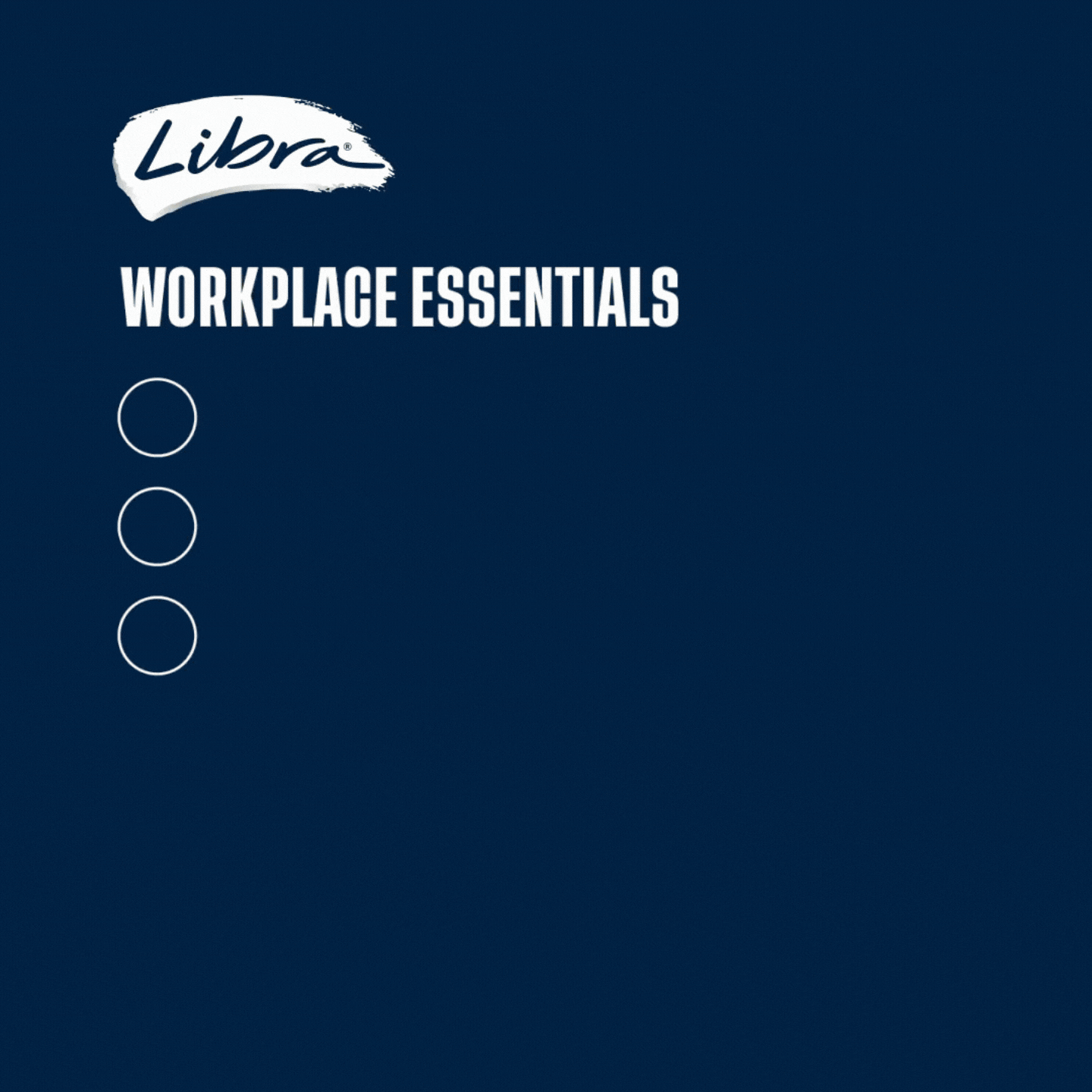Eva Rodriguez Rodriguez has lived that rare and incredible dream of being selected as a graduate for a Space Agency.
And the appointment changed her life, seeing her take on out-of-this-world projects with incredible people, including developing applications like a remote-controlled ultrasound for the International Space Station
Now based in Australia, the engineer, manager, and strategic thinker describes her work as involving satellites to help solve critical problems on Earth: everything from bushfire management to delivering healthcare to remote communities, water management, and more.
As the latest STEM changemaker to answer our Q&A on her life and work, Rodriguez says her desire for extremely complex challenges makes working in space a natural fit. As she says, “You don’t get a much higher perspective of our world than looking at it from a satellite, and the technology and innovations that make it all possible are often cutting edge.”
That also drives her passion for getting more diversity into the space sector in Australia, particularly as it’s growing and developing so fast.
But she also knows that there are some significant changes that need to occur to make it easier for women to succeed in STEM fields, particularly in stamping out bias and stereotypes that can start as early as pre-school.
“I see a big a confidence problem in young women, that is amplified by the stereotypes that are ingrained in unconscious biases and in our culture – and that includes in women, and unfortunately more and more fuelled by social media,” she says.
“Myths such as “girls are not good at maths” and similar need to be cut from the root. We need to get children – all children, all genders – excited about science, technology, engineering and maths, and show them the possibilities of it all
Rodriguez has spent the last decade working with international agencies, government, research, industry and user groups, coordinating and leading the creation of collaborative end-user driven innovations leveraging Space: earth-observing satellites, satellite telecommunications, satellite navigation and other space-derived data and technologies both in Europe and Australia.
She is also the Space Lead at FrontierSI, leading on the design, creation and implementation of long-term strategic work in the space and spatial sectors; as well as working for the Australian Cooperative Research Centre, SmartSatCRC.
Below, she answers our questions
*****
Work or aspire to work in STEM? Get The STEM Wrap, our newsletter for women in STEM
In one sentence, how do you describe what you do?
I help people use satellites to solve critical problems on Earth: from managing bushfires, providing healthcare to remote communities or monitoring the quality of our waters. The applications are endless!
Is this the career you always imagined , was there a key turning point that put you on the path to doing the work that you’re doing today?
It is not at all what I imagined.
Probably the turning point for me was being selected as a young graduate trainee for the European Space Agency – it truly changed my life.
I had studied telecommunications engineering in Barcelona, Spain, then moved to Vienna to finish my Masters and learned about the program from a friend. There are only a few spots available every year, all for different exciting roles, and you can only apply to one: I applied for the one closer to my expertise, got called for the interview and selected.
A few months later I was moving to the Netherlands, where ESA’s European Space Research and Technology Centre (ESTEC) is located. I worked for the Integrated Applications Department, and it was where I saw all the possibilities that space had to offer.
I worked in the most amazing projects supporting industry and researchers develop applications such as a remotely controlled ultrasound machine for the International Space Station (ISS), an application to support foresters better manage their forest resources in Ireland or a system for disaster monitoring and management in the United Kingdom.

What drives your passion and your desire to be an instigator of change etc?
I am driven by creating change for others, especially when the impact can be global, at scale. I am also naturally drawn to complex things. When you put the two together it sort of makes sense that I work in the field of space applications.
You don’t get a much higher perspective of our world than looking at it from a satellite, and the technology and innovations that make it all possible are often cutting edge. This is a very exciting time to be in Australia, as the space sector starts to grow and develop.
I am also passionate about creating a more diverse and inclusive society, and I try to effect change whenever I go – be it at my workplace or in my community.
There is some great work being done at the moment by the Space, Spatial and Surveying Diversity Leadership Network (SSS-DLN) in this area, of which I have been Co-Convener.
What’s helped make your STEM career happen and get to this point, any specific mentors, sponsors, key believers you can point to?
My parents raised me to believe I could do anything I wanted, be anything I wanted, that is what creates the mindset to persevere in your efforts.
However, I have also been very fortunate to have a number of mentors across my career, the majority of which have been men – which is not surprising when you work in a male-dominated sector(s).
In my experience men can truly be champions of change and many are ready to support (women) grow and succeed in their careers.
These mentorships have often been informal and probably have happened because I have never shied away from having a conversation with anyone, including senior people. So I encourage everyone to approach someone you admire, you might be surprised they are ready to give you advice and support.
What more needs to or can be done to support more women in STEM?
There needs to be a cultural change at the base, and I am talking about children at kinder and pre-school age.
I see a big a confidence problem in young women, that is amplified by the stereotypes that are ingrained in unconscious biases and in our culture – and that includes in women, and unfortunately more and more fuelled by social media. Myths such as “girls are not good at maths” and similar need to be cut from the root. We need to get children – all children, all genders – excited about science, technology, engineering and maths, and show them the possibilities of it all. It is as if we were teaching children to read for the sake of it, without ever exposing them to exciting books.
Then there is the “leaky pipeline” – which happens when women who are already in STEM become underrepresented, get stuck at certain organisational levels or leave their field. There are several reasons for this, some related to the fact that women still bear the weight of starting a family, and being the main provider of care, this results in careers being interrupted, slowed down or finished.
These are systemic issues, that need change at all levels and not enough is being done yet.
Is there any key tip you can share for other women in STEM?
If you and your genius are not seen, it’s as if you didn’t exist.
There are so many talented women doing amazing work that are not seen! So take time to look at where you are, and ask yourself whether you (and your work) feels valued and is promoted, if it isn’t… maybe you are in the wrong place. Know your worth, don’t be afraid to ask for what you want, look at what you have achieved and believe it.
And support other women. As Madeleine K. Albright said: “There is a special place in hell for women who don’t help other women”. But don’t give this support out of fear: do it because you’ll be doing yourself and society as a whole a huge favour.


